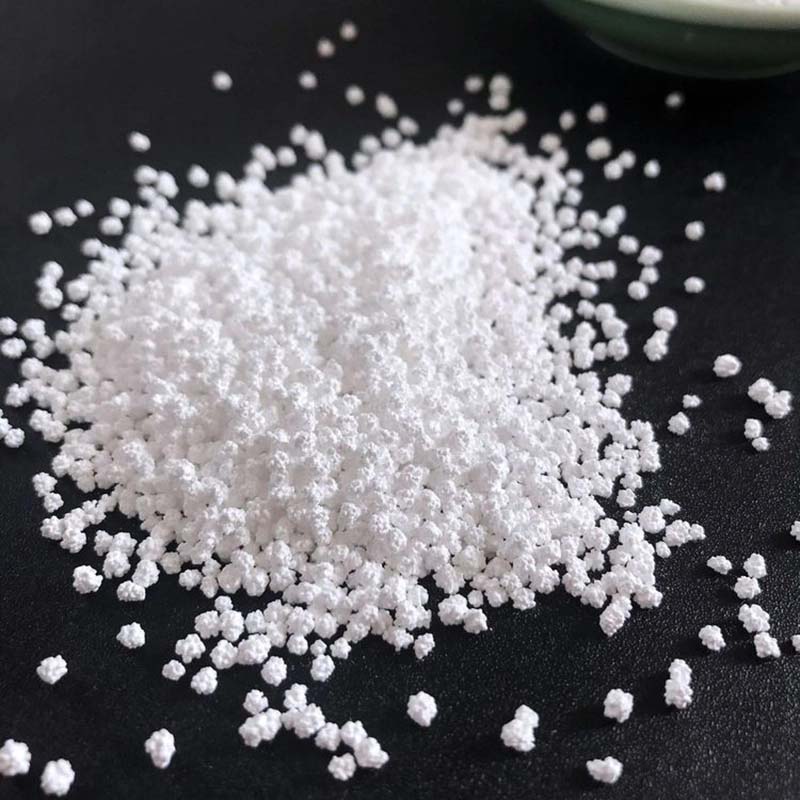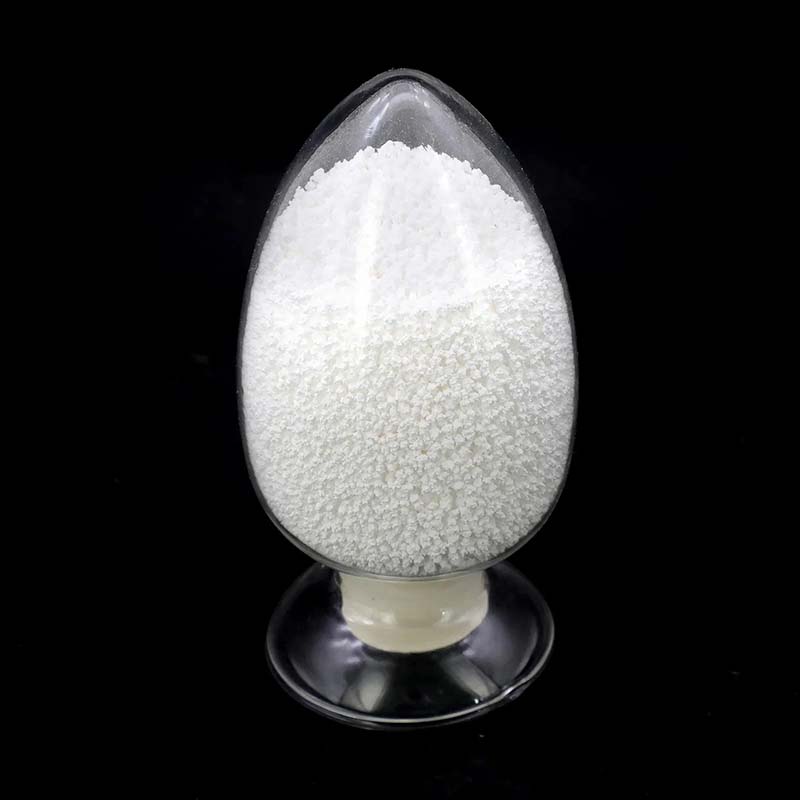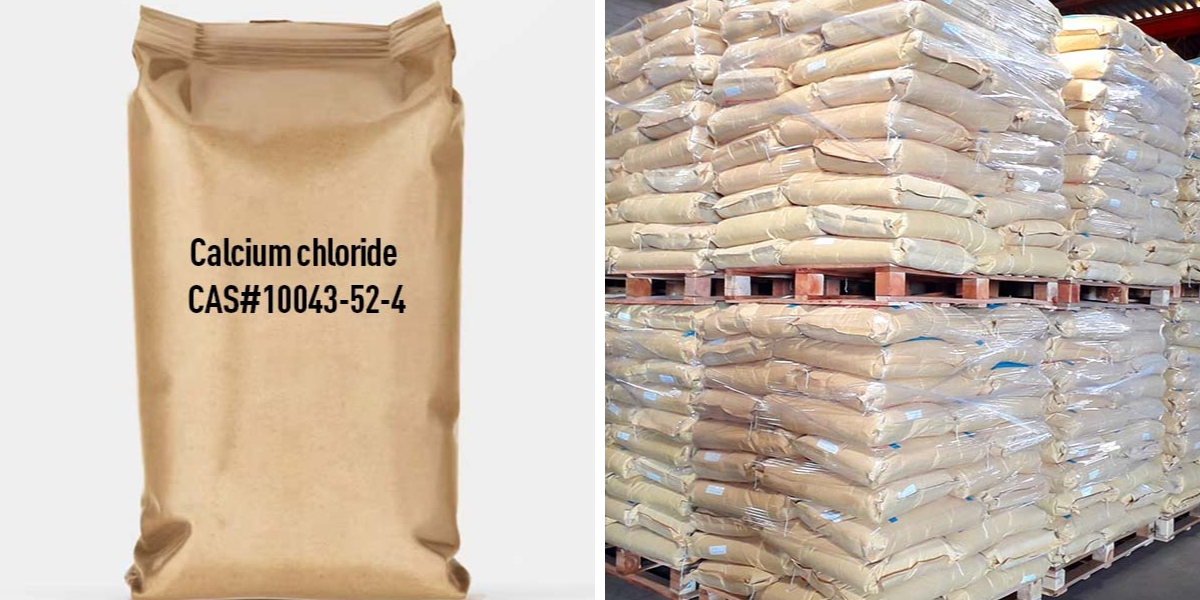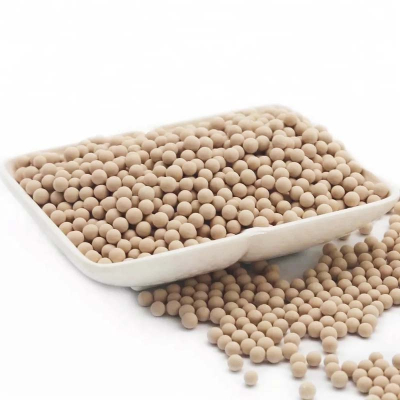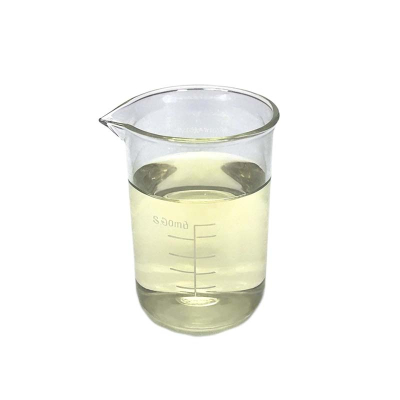Calcium chloride
Multifunctional Industrial Applications: Calcium chloride is utilized across diverse sectors including medical treatments, food processing, pharmaceutical manufacturing, construction engineering, and de-icing operations.
Efficient Dehydration Capability: It functions as an effective dehydrating agent for moisture removal from gases and liquids, while serving as a reliable desiccant in various industrial processes.
Superior Ice Control and Dust Suppression: The compound demonstrates strong performance in snow/ice melting operations, provides effective dust control on surfaces, and enables thawing of construction materials.
Concrete Modification Properties: It acts as a hardening accelerator in concrete applications, enhancing setting characteristics and improving overall structural performance.
Calcium chloride (CaCl₂) is a highly hygroscopic crystalline material that exhibits excellent solubility in both water and ethanol. Industrially, it is commonly synthesized by treating calcium carbonate with hydrochloric acid or through a double decomposition reaction between calcium hydroxide and ammonium chloride. The compound finds diverse applications including therapeutic uses, antifreeze applications, and as a coagulant in industrial processes.
Chemically, aqueous solutions of calcium chloride demonstrate weakly basic characteristics. The compound reacts with zinc in moist environments, generating highly flammable hydrogen gas. Its dissolution process is markedly exothermic. Calcium chloride shows incompatibility with several substances including bromine trifluoride, 2-furan, and percarboxylic acids. Additionally, it can exhibit corrosive effects on certain building materials and metals under humid conditions.
Calcium chloride Chemical Properties
Melting point | 772 °C (lit.) |
Boiling point | 1935 °C/1 atm (lit.) |
Density | 1.086 g/mL at 20 °C |
Vapor pressure | 0.01 mm Hg ( 20 °C) |
Refractive index | n20/D 1.358 |
Fp | >1600°C |
Storage temp | Store at +5°C to +30°C. |
Solubility | H2O: soluble |
Form | |
Color | White to gray |
Specific Gravity | 2.15 |
PH | 8-10 (100g/l, H2O, 20℃) |
Water Solubility | 740 g/L (20 ºC) |
Sensitive | Hygroscopic |
λmax | λ: 260 nm Amax: 0.04 |
Crystal Structure | CaCl2 type |
Crystal system | Nogata |
Merck | 14,1659 |
Space group | Pnnm |
Lattice constant | a/nmb/nmc/nmα/oβ/oγ/oV/nm30.6240.6430.429090900.1685 |
Stability | Stable. Incompatible with zinc, water, strong acids, methyl vinyl ether, bromine trifluoride, boron oxide, calcium oxide. Hygroscopic. |
InChIKey | UXVMQQNJUSDDNG-UHFFFAOYSA-L |
CAS DataBase Reference | 10043-52-4(CAS DataBase Reference) |
NIST Chemistry Reference | Calcium dichloride(10043-52-4) |
EPA Substance Registry System | Calcium chloride (10043-52-4) |
Safety Information
Hazard Codes | Xi |
Risk Statements | 36/37/38-36-36/38-41-22 |
Safety Statements | 26-39-24-22-36 |
WGK Germany | 1 |
RTECS | EV9810000 |
F | 3 |
TSCA | Yes |
HS Code | 28272000 |
Hazardous Substances Data | 10043-52-4(Hazardous Substances Data) |
Toxicity | LD50 i.v. in mice: 42.2 mg/kg (Syed, Hosain) |
Calcium chloride demonstrates versatile functionality across multiple sectors. It acts as an effective desiccant for moisture control, finds extensive application in road de-icing and dust suppression operations, and serves as a thawing agent for construction materials including sand, gravel, and concrete. The compound also sees utilization in food processing and pharmaceutical manufacturing, while additionally exhibiting fungicidal properties.
Notably, calcium chloride carries classifications indicating potential tumorigenic and mutagenic effects, with human data suggesting endocrine activity. Beyond its primary uses as road salt and desiccating agent, it functions as a dehydrating medium for organic fluids and gases. Furthermore, this compound finds additional applications in refrigeration brines, antifreeze formulations, food additives, and concrete hardening agents.



